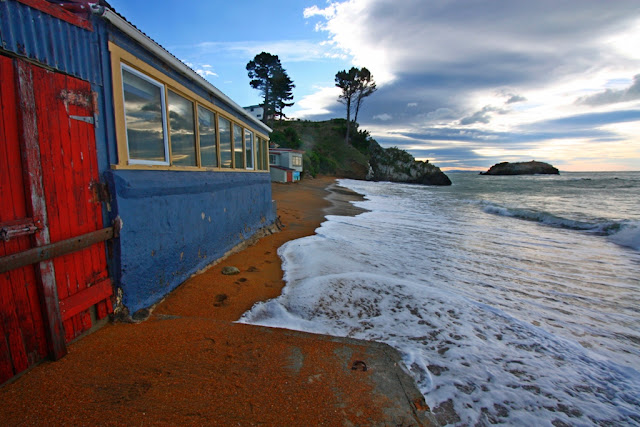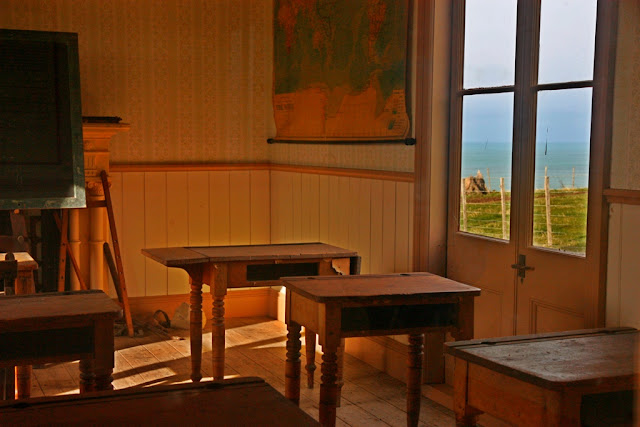The small town of St Bathans in Otago New Zealand is off the beaten track but very well worthwhile making the detour to spend several hours there.
Gold was discovered in 1863 and St Bathans began as the boom town known as Dunstan Creek. The Irishman Peyman and his Australian colleagues found good gold in the creek, and within one week, the rush was on. 200-300 miners were busy at the foot of Mt. St Bathans. There were 14 hotels by 1865!
The University of Otago has a very good account of how the gold got there.
Typical off most gold mining towns; springing up quickly were banks, hotels, shops and stables. By the 1870s the town was at its height with four hotels, a bakery, draper, boot-maker, butcher, newsagent, blacksmiths and general stores. What we see today are the remains of this once thriving town of about a 1000 at its peak.
 |
| Main Street, St Bathans |
 |
| The Gold Office |
 |
| Water power was used to sluice away the gold bearing quartz gravel. |
 |
| A fine example of the monitors used in alluvial gold mining. |
 |
| Innovative use of a smaller monitor. |
 |
| The Blue Lake |
Mining gold here resulted in a large hole which filled up with water which took on a blue colour.
There is a good walking track around the lake and some interesting geological formations can be seen which give this area a very distinctive appearance.
 |
| Plant material buried in quartz gravels formed lignite measures during burial. |
Dotted around the lake are the rusting remains of machinery and pipes used to bring water in for the sluicing operations.

After a good look around it was time to head back to town for some refreshments
.
 |
| The bar in the Vulcan. |
The Vulcan is reputed to be haunted but we didn't stay the night night to see if the ghost made an appearance. I highly recommend the Devonshire teas if you can't stay.
Suitably refreshed it was then time to explore the rest of St Bathans.
 |
| The Post Office from the loop track. |
"The former St Bathans Post Office was built in 1909, replacing an earlier post office at the site. The post office was closed in 1937. From then it has had a varied life including being used temporarily as a school and private residence.
It is a grand two-storied timber building that dominates the streetscape of the once-booming gold mining town of St Bathans. One of four heritage buildings managed by DOC in the village, the post office is important to both the local and wider Central Otago community. St Bathans is a key side-trip for tourists, including those from the Otago Central Rail Trail. "
 |
| St Patricks Catholic Church |
 |
| The graveyard is on a sloping behind the church |
 |
| The remains of the school. |
I thoroughly recommend that if you are traveling the Otago Rail trail or travelling from Alexandra through the Pigroot (SH85) to Palmerston, a detour to St Bathans is a "must do".



























































